Description
In the fast-evolving landscape of construction materials, one name stands out for its transformative impact: polycarboxylate ether (PCE). As a superplasticizer, PCE has revolutionized the way we approach concrete mixtures, offering unparalleled advantages in terms of strength, durability, and workability. In this comprehensive guide, we’ll delve deep into the world of PCE, exploring its composition, mechanisms, benefits, and diverse applications.
What is Polycarboxylate Ether (PCE)?
Polycarboxylate ether, often abbreviated as PCE, is a cutting-edge chemical admixture used in concrete production. Unlike traditional plasticizers, PCE belongs to a class of high-performance superplasticizers characterized by a unique molecular structure. This structure includes multiple carboxyl groups along the polymer chain, which facilitate superior dispersion of cement particles within the concrete mixture.
Composition and Mechanisms of Action
At the heart of PCE’s effectiveness lies its sophisticated composition. Typically, PCE molecules consist of a main backbone chain with side chains containing carboxylate groups. These side chains play a pivotal role in interacting with cement particles, leading to efficient dispersion and preventing agglomeration.
The mechanism of action of PCE revolves around electrostatic and steric repulsion. When introduced into a concrete mix, PCE molecules adsorb onto the surface of cement particles, forming a protective layer. This layer creates repulsive forces between particles, effectively preventing them from clumping together. As a result, the concrete mixture becomes highly fluid and workable, facilitating easier placement and compaction.
Advantages of Polycarboxylate Ether
The adoption of PCE in concrete admixtures offers a myriad of benefits, making it a preferred choice for construction professionals worldwide. Some key advantages of PCE include:
Enhanced Workability
PCE imparts exceptional fluidity to concrete mixtures, allowing for easier placement and compaction. This improved workability translates to reduced labor costs and increased productivity on construction sites.
Increased Strength and Durability
By promoting efficient particle dispersion, PCE contributes to the development of denser and more homogeneous concrete structures. This results in higher compressive strength, improved durability, and enhanced resistance to cracking and shrinkage.
Water Reduction
PCE’s superior dispersing properties enable significant water reduction in concrete mixtures without compromising workability. This not only improves the overall quality of the concrete but also enhances its resistance to freeze-thaw cycles and chemical attacks.
Compatibility with Various Materials
PCE exhibits excellent compatibility with a wide range of supplementary cementitious materials, including fly ash, slag, and silica fume. This versatility allows for the formulation of customized concrete mixtures tailored to specific project requirements.
Sustainability
By reducing water content and increasing the efficiency of cementitious materials, PCE contributes to sustainability efforts within the construction industry. The use of PCE-based admixtures results in lower carbon emissions and reduced environmental impact over the lifecycle of a structure.
Applications of Polycarboxylate Ether
The versatility of PCE extends to its diverse applications across various construction projects. Some common applications include:
High-Performance Concrete
PCE is extensively used in the production of high-performance concrete, where stringent requirements for strength, durability, and workability must be met. These concretes find applications in bridges, dams, high-rise buildings, and other infrastructure projects.
Self-Consolidating Concrete (SCC)
PCE’s ability to impart high flowability and self-leveling properties makes it an ideal choice for SCC formulations. SCC eliminates the need for vibration during placement, resulting in improved surface finish and reduced labor costs.
Precast Concrete
PCE-based admixtures are widely employed in the precast concrete industry, where consistency and uniformity are paramount. Precast elements such as beams, columns, and panels benefit from the enhanced workability and strength provided by PCE
Ready-Mix Concrete
PCE is a key ingredient in ready-mix concrete formulations, enabling producers to deliver consistent quality and performance to construction sites. Ready-mix concrete suppliers rely on PCE-based admixtures to meet the demanding requirements of diverse projects.
Decorative Concrete
PCE’s ability to enhance workability and surface finish makes it an attractive choice for decorative concrete applications. From stamped concrete to exposed aggregate finishes, PCE helps achieve stunning architectural designs with ease.
Conclusion
In conclusion, polycarboxylate ether represents a game-changer in the realm of concrete technology, offering unparalleled advantages in terms of workability, strength, and durability. Its sophisticated composition and mechanisms of action make it a versatile solution for a wide range of construction applications. As the industry continues to evolve, PCE remains at the forefront of innovation, driving the development of sustainable and high-performance concrete solutions. Embracing the power of PCE is not just about improving construction practices; it’s about shaping a more resilient and sustainable built environment for generations to come.

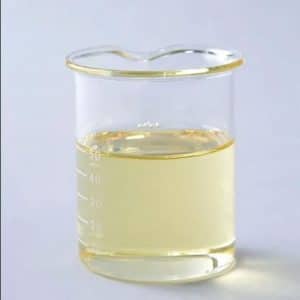
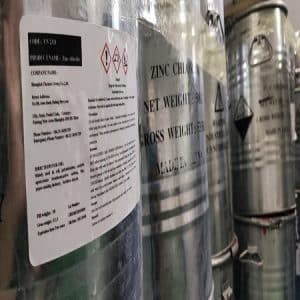
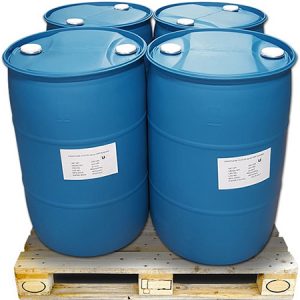
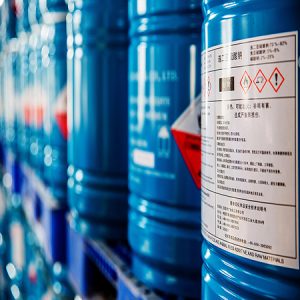
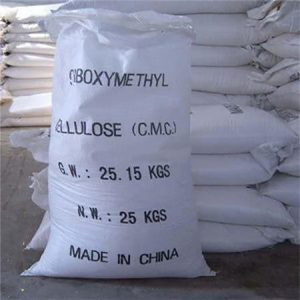
Reviews
There are no reviews yet.